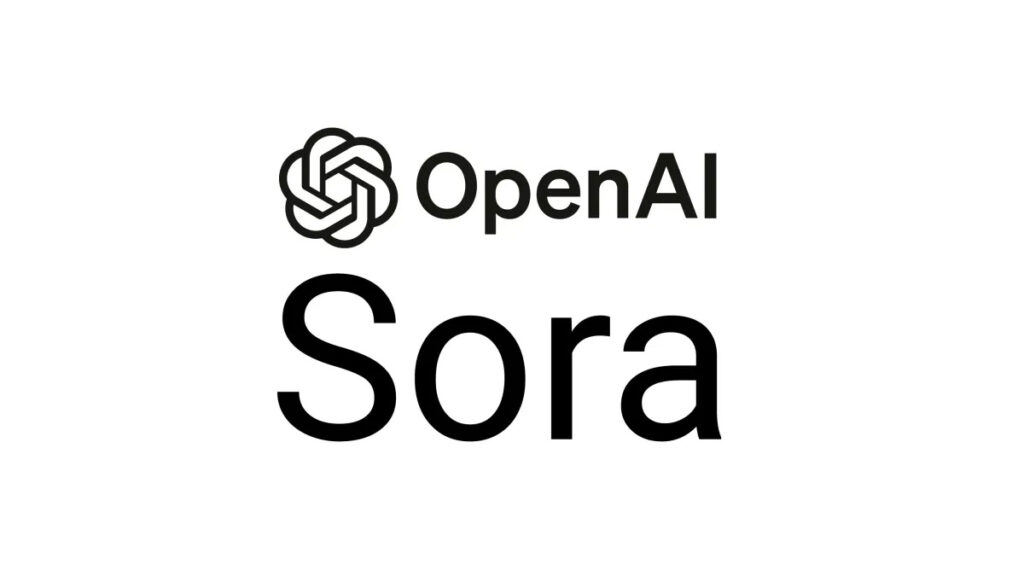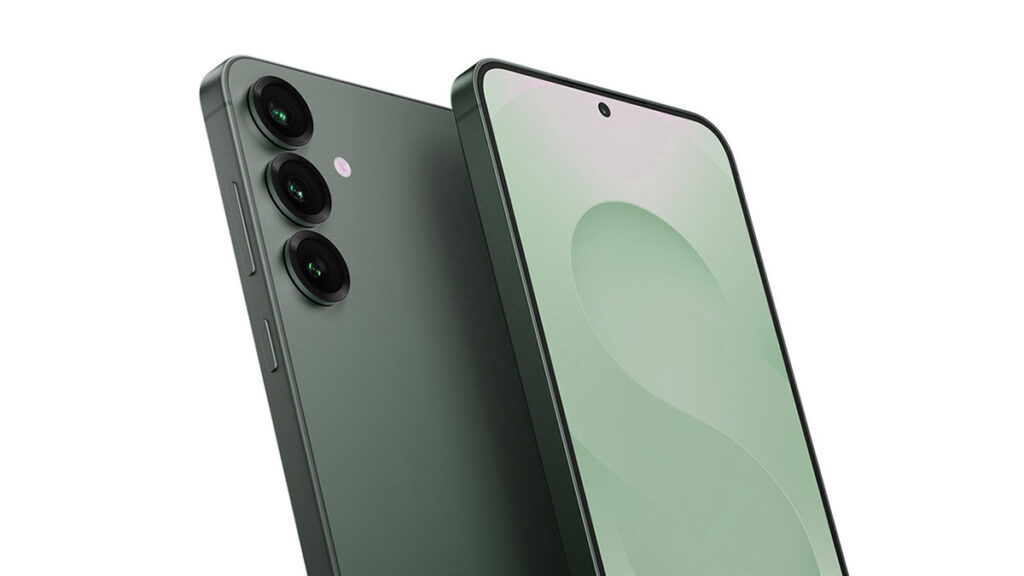Back in December 2024, OpenAI kicked off its “12 Days of Shipmas” by revealing two new AI models that turned heads (and raised eyebrows): Sora, a text-to-video tool with serious visual flair, and o1, a reasoning engine that thinks like a seasoned problem-solver.
Both tools are now part of the ChatGPT lineup—Sora for Plus and Pro users, o1 exclusively for Pro—and both are shaking things up in their own way. Whether you’re a creator, developer, or just curious about where AI is headed, these two represent major milestones.
Meet Sora: Your Words, Now Playing in HD
What Is It?
Sora (named after the Japanese word for sky) is OpenAI’s first big leap into text-to-video generation. It officially launched on December 9, 2024, and lets users create 1080p video clips—up to 20 seconds long—based on text prompts, images, or even video snippets.
This isn’t just a fancy animation tool. Sora combines the brainpower of diffusion models with transformer smarts. That means it can understand what you mean, not just what you say, and turn that into a cohesive, detailed video scene.
So if you type:
“A stylish woman walks down a Tokyo street filled with glowing neon lights and animated signs”
Sora responds with a slick, cinematic clip that looks straight out of a movie. Reflections, lighting, character movement—it nails it.
What Can Sora Actually Do?
Here’s the magic carpet ride of features:
How Does It Work?
Sora’s architecture is a blend of latent diffusion and transformer models.
It breaks videos into 3D “patches” (which you can think of like chunks of pixels across time), processes those in a compressed latent space to save on compute, and then decodes everything back into full-resolution video.
Also cool: it uses recaptioning, a trick from DALL·E 3, to improve training by creating better captions for the training data. That helps it stay accurate to user prompts.
Access, Pricing, and Limitations
To use Sora, you’ll need one of these:
⚠️ Not available in the EU, UK, or Switzerland due to current regulations.
⚠️ You can’t upload real people to avoid deepfake risks.
Also, it’s not flawless yet. Sora has a few known hiccups:
- Physics can get weird: Think objects multiplying or behaving unnaturally.
- Long videos get messy: Coherence tends to drift over time.
- Fluid simulations? Still a work in progress.
OpenAI admits this is just version one—and they plan to improve it through user feedback and real-world testing.
Is It Safe?
OpenAI has tried to build a safety net around Sora, but it’s not airtight. Here’s what they’ve added:
That said, not everyone’s convinced. For instance:
- Tyler Perry shelved an $800M studio expansion, worried that Sora would disrupt the entire filmmaking industry.
- A group of artists leaked Sora early, accusing OpenAI of using unpaid contributions during alpha testing.
Bottom line: It’s powerful, but it comes with ethical baggage.
Enter o1: AI That Actually Thinks
What Is o1?
o1 (that’s “oh-one,” not “zero-one”) is OpenAI’s most advanced reasoning model yet. Think of it as a logic-savvy, step-by-step thinker that mimics how humans approach tough problems.
Compared to GPT-4o, it’s a big upgrade in:
In fact, o1 scored gold-medal-level performance on the International Mathematical Olympiad benchmarks.
It uses a chain-of-thought method, where it walks through problems with multiple steps before giving you an answer—like showing its work in a math test.
What Makes o1 So Smart?
Here’s the cheat sheet:
Under the Hood: How o1 Works
o1 uses reinforcement learning to get better at reasoning. It doesn’t just go with its first idea—it tries a few options, self-corrects, and gives you the best outcome.
Training-wise, it’s fed a blend of public data, licensed content, and custom datasets. That gives it broad knowledge, but also raises some ongoing questions about what exactly goes into these models.
As for safety? It’s designed to be expressive without being reckless. The team’s still tweaking that balance—especially around “refusals” (when to say no and when to just answer the question).
Who Can Use o1?
Right now, o1 is only available to ChatGPT Pro users.
And it’s not just for show. Businesses, engineers, scientists—anyone doing complex work can benefit from its logic chops.
Meanwhile, In the AI Arena…
OpenAI isn’t alone. The competition’s heating up:
That’s not to say OpenAI’s falling behind. With Sora’s deep ChatGPT integration and o1’s fine-tuning potential, OpenAI still has an edge—at least for now.
Real-World Impact: What This Means for You
For Creators
Sora could be the ultimate content sidekick:
The flip side? Video editors, animators, and small production houses might feel the heat as automation steps in.
For Businesses
o1 is built for hard problems:
And with the Fine-Tuning API, you can mold o1 to suit your workflow like a genie granting industry-specific wishes.
For Society
Here’s where things get a bit murky.
Sora’s video powers could be misused for misinformation. o1 could enable dangerous research if guardrails fail. Plus, there’s still no clear answer on whether the data used to train these models was ethically sourced—or how much energy it takes to keep all this running.
So yes, it’s exciting. But it’s also complicated.
OpenAI’s Endgame
Sora and o1 aren’t just flashy features—they’re stepping stones toward AGI (Artificial General Intelligence). That’s the long game.
In Jan 2025, OpenAI announced the Stargate Project with Oracle, SoftBank, and MGX. The goal? Build massive AI infrastructure that powers future models capable of reasoning, seeing, and interacting with the world like humans.
Whether that future is 5 years away or 50, tools like Sora and o1 are laying the groundwork.
Want to Try Them?
Here’s where to start:
Get creative. Get curious. And maybe keep a backup plan—just in case your job involves video production, high-school math, or writing blog posts like this one. 😅
What Do You Think?
Tried Sora or o1 yet? Got thoughts? Hit the comments. We’re keeping our lamp lit and ears open.
Note: Info accurate as of August 1, 2025. Check openai.com for the latest.


